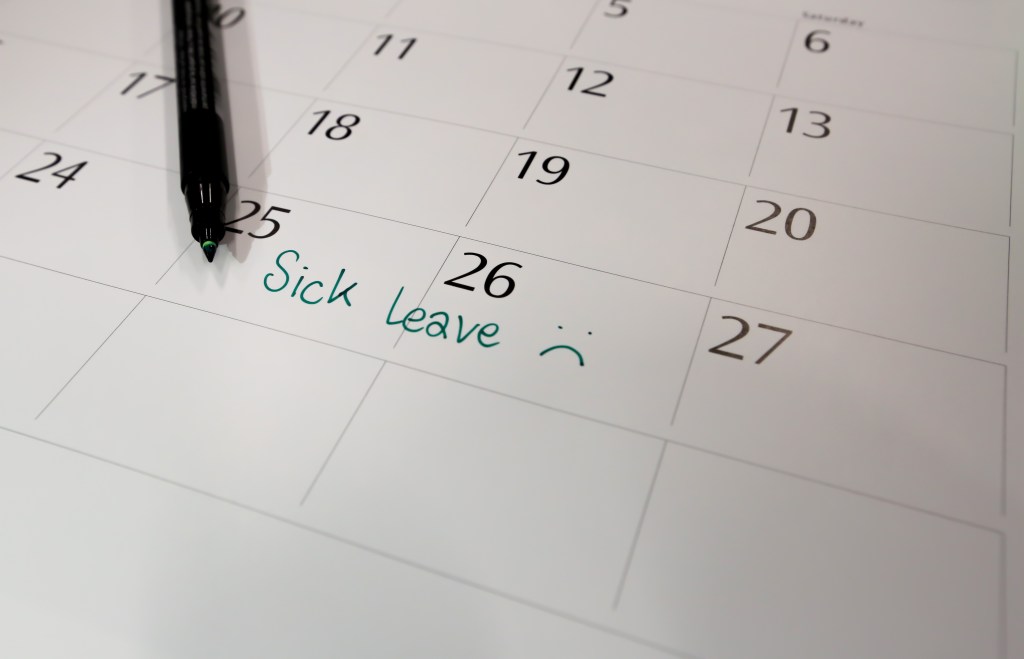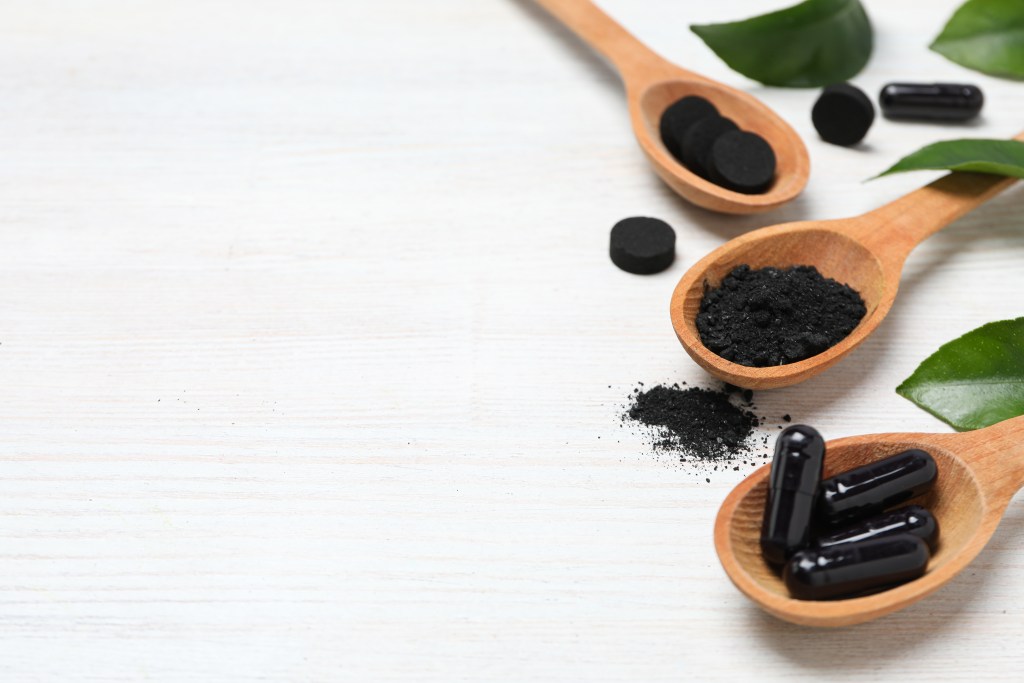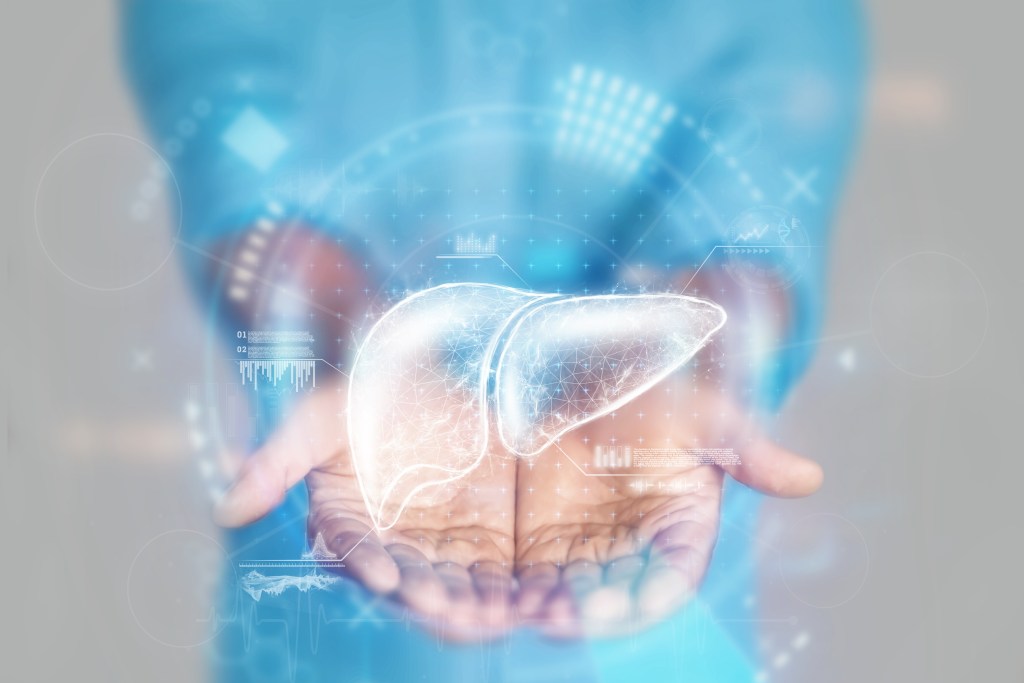Developing digestive problems and flu-like symptoms after initiating an antimicrobial protocol indicates a Herxheimer reaction.
This temporary but potentially severe immune response is caused by endotoxins released during microbial die-off.
Discover the symptoms associated with Herxheimer reactions and learn how to safely eliminate pathogenic microbes while minimizing the risk of side effects.
What is a Herxheimer reaction?
The Herxheimer reaction, also known as the Herx reaction or Jarisch Herxheimer reaction, is an immune response to endotoxins released by dying microbes.
This phenomenon was first observed by Austrian dermatologist Adolf Jarisch when he noticed increased skin lesions in patients shortly after starting antimicrobial syphilis treatment.
The German dermatologist Karl Herxheimer reported similar observations, including that patients undergoing antimicrobial therapy for spirochetal infections experienced fever, chills, headache, muscle pain, and skin rashes.
During microbial death, the cell walls of bacteria, fungi, and viruses break down, releasing various endotoxins, metabolic by-products, and cellular debris.
Immune cells detect these foreign compounds and trigger inflammatory responses by producing a number of different cytokines to neutralize these toxins.
However, this immune response can be overly aggressive and lead to cytokine imbalances, which is believed to be the root cause of Herxheimer reactions linked to flu-like symptoms after starting treatment for bacterial, fungal, parasitic, or viral infections.
Watch this video to learn why taking antimicrobial remedies can cause die-off symptoms.
Herxheimer reaction symptoms
Although cytokines are crucial components of the body’s immune system, their overproduction or dysregulation can lead to various symptoms.
According to research published in Medical Clinics in North Africa, inflammatory cytokines can affect the central nervous system, interfere with energy production, and disrupt metabolic processes. This explains why Herxheimer reactions can trigger a wide range of symptoms.1
Here are common signs and symptoms associated with Herxheimer reactions:
- Joint and muscle aches
- Fatigue
- Sore throat
- Phlegm and mucus
- Swollen glands
- Fever
- Chills
- Skin rashes
While most Herxheimer reactions appear flu-like, microbial die-off can also trigger digestive problems and cognitive issues, such as brain fog and poor memory functions.
Here are common Herxheimer reaction-related gastrointestinal symptoms:
- Bloating
- Diarrhea
- Constipation
- Abdominal pain
- Nausea
The severity of symptoms related to Herx reactions depends on the exact type, dosage, and duration of the treatment, as well as the type of underlying infection being addressed.
Herxheimer reactions, especially those characterized by skin rashes, are often mistaken as allergic reactions to antibiotic drugs.
However, skin issues that develop after starting a course of antimicrobial therapy are most commonly linked to temporary immune responses to microbial endotoxins.
Recognizing the difference between a drug-related allergic reaction and a microbial die-off is crucial in finding the right therapeutic strategy to manage these symptoms.

Herxheimer reaction causes
Herx reactions were first identified as a side effect of antibiotic treatment in patients with cardiovascular syphilis, louse-borne relapsing fever, and tick-borne relapsing fever, also known as Lyme disease.
Herxheimer reactions are most commonly triggered by pharmaceutical drugs prescribed to address bacterial, fungal, parasitic, and viral infections.
In addition, certain herbal treatments and detox protocols aimed at eliminating harmful microbes have also been shown to trigger overt immune system reactions.
These natural remedies have potent antimicrobial properties and may cause a Herxheimer reaction:
- Oregano oil
- Pau D’arco
- Thyme oil
- Clove oil
- Garlic
- Monolaurin
- Ozonated olive oil

How long does a Herxheimer reaction last?
It’s important to note that not everyone undergoing antimicrobial therapy will experience a Herxheimer reaction.
However, those who develop immune responses to microbial die-off report that symptoms generally appear within 24 to 72 hours after starting antimicrobial treatment.
While Herx reactions are temporary and signal that pathogens are effectively targeted and eliminated, symptoms can be uncomfortable and last from a few days to a couple of weeks.
According to research published in Stat Pearls, the duration and intensity of Herxheimer reactions can vary significantly depending on the severity of the underlying infection, therapeutic dosages used, and individual immune system responses.2
It’s crucial to monitor symptoms closely and consult a healthcare provider if symptoms worsen or persist to manage Herxheimer reactions effectively.
A thorough evaluation of your health status can determine the exact cause of Herxheimer reaction-related symptoms and help guide the most suitable functional medicine approach to treatment.

Natural remedies to help with a Herxheimer reaction
It’s generally recommended to manage mild cases of Herxheimer reaction with integrative medicine approaches that help counteract the adverse effects of microbial endotoxins and support the body’s detoxification processes.
Here are steps you can take to minimize and manage symptoms of microbial die-off.
1. Adjust treatment
Discuss your symptoms with your healthcare provider, who may consider adjusting the dosage or frequency of your antimicrobial treatment to reduce the intensity of the die-off reaction.
“If you take a natural antimicrobial remedy without medical supervision, you may benefit from discontinuing its use,” explains Dr. Berg. “Once symptoms improve, start with a much smaller dose and slowly increase while monitoring your response carefully.”
2. Support detoxification processes
Molybdenum is an essential trace mineral that plays a crucial role in the body’s detoxification processes.
Research published in ACS Omega found that molybdenum is a critical cofactor in various enzymes needed to break down and eliminate aldehydes, a group of toxic compounds frequently released during microbial die-off.3
In addition, activated charcoal and bentonite clay can support detoxification. Both charcoal and bentonite clay attract and trap endotoxins released by dying microbes, rendering them less toxic and enhancing the body’s ability to eliminate these compounds.
A study published in The International Journal of Artificial Organs confirms the benefits of charcoal for detoxification and summarizes that activated charcoal has been found effective in removing various bacterial endotoxins.4

3. Promote liver function
The liver is the body’s main detoxification organ and is responsible for processing and eliminating endotoxins.
The excessive release of endotoxins that accompanies rapid microbial die-off can overwhelm the liver’s detoxification capacity and trigger acute inflammatory changes in liver cells. This can reduce the liver’s ability to eliminate endotoxins, potentially worsening or prolonging symptoms related to a Herxheimer reaction.
A study published in mBio investigated the link between endotoxins and liver function and concluded, “Endotoxins are suggested to have causative roles in liver inflammation, as well as the onset and progression of chronic liver diseases.”5
N-acetyl-cysteine (NAC) is a liver-protective compound that can help mitigate the toxic effects of microbial die-offs.
NAC is a precursor to glutathione, a potent antioxidant that neutralizes damaging free radicals generated during detoxification processes and aids in the removal of toxins and waste products.
4. Heat therapy
Heat therapy, including dry sauna, steam sauna, or infrared sauna, has been found to promote the elimination of toxins through sweating.
While endotoxins can’t be excreted via sweat glands, the elimination of many other toxins, such as heavy metals and volatile organic compounds (VOCs), may be enhanced by heat therapy. This can ease the detoxification burden on the liver, allowing for more effective endotoxin clearance.
In addition, heat therapy may help alleviate some of the symptoms associated with Herxheimer reactions, such as joint and muscle aches.
However, it’s not recommended that individuals who feel weak, faint, or dizzy or those with fever use a sauna, as this can worsen symptoms and increase the risk of dehydration and overheating.

Key takeaways
A Herxheimer reaction is a temporary immune response characterized by flu-like symptoms, gastrointestinal issues, or skin rashes caused by endotoxins released during microbial die-off.
Herx reactions are typically triggered by antimicrobial therapy to treat bacterial, viral, fungal, and parasitic infections.
There are no specific pharmaceutical drugs for treating a Herxheimer reaction. However, to ease symptoms, it can be beneficial to adjust treatment dosage and frequency while promoting liver function and supporting the body’s natural detoxification processes.
FAQ
1. What is a die-off Herxheimer reaction?
A Herxheimer reaction is characterized by flu-like symptoms that occur when harmful microorganisms, such as bacteria, viruses, or fungi, are rapidly destroyed due to antimicrobial treatment.
2. How common is a Herx or die-off reaction?
Not everyone undergoing treatment for microbial infections experiences a Herxheimer reaction. However, it’s not uncommon to feel unwell or notice a worsening of symptoms within 24 to 72 hours after starting antibiotic, antiviral, antifungal, or antiparasitic treatment.
3. What does a Herx reaction feel like?
Individuals who experience a Herx reaction often note a worsening of symptoms and feel generally unwell after they start implementing therapeutic protocols for microbial infections.
While Herx symptoms are signs that the pathogenic microorganisms are effectively targeted and eliminated, they can be uncomfortable and last from a few days to a couple of weeks.
4. What are the symptoms of a Herxheimer reaction?
In most cases, the symptoms of a Herxheimer reaction appear flu-like and include joint and muscle aches, fatigue, fever, chills, and swollen glands.
It’s also possible to develop gastrointestinal issues, skin rashes, brain fog, and memory problems during microbial die-off.
5. How can I ease a Herxheimer reaction?
While there is no single treatment for Herxheimer reaction-related symptoms, you can support your body’s detoxification processes with molybdenum, activated charcoal and bentonite clay.
It’s also recommended to lower the dosage and frequency of the antimicrobial treatment. However, don’t discontinue prescribed medication without consulting your healthcare provider.
Sources
- https://www.sciencedirect.com/science/article/abs/pii/S0025712503000956 ?
- https://www.ncbi.nlm.nih.gov/books/NBK557820/ ?
- https://pubs.acs.org/doi/10.1021/acsomega.7b00658 ?
- https://pubmed.ncbi.nlm.nih.gov/381215/ ?
- https://www.ncbi.nlm.nih.gov/pmc/articles/PMC7002352/ ?








